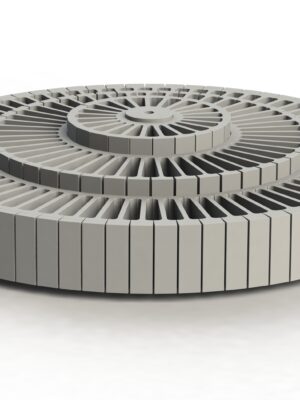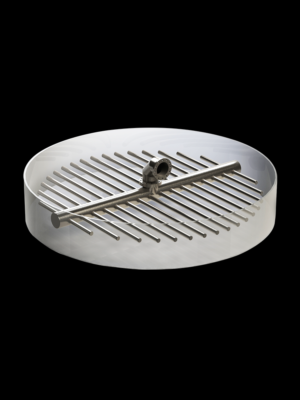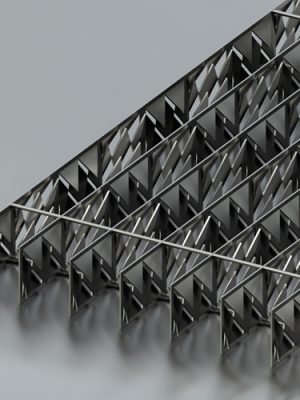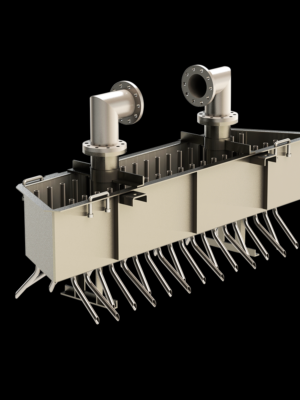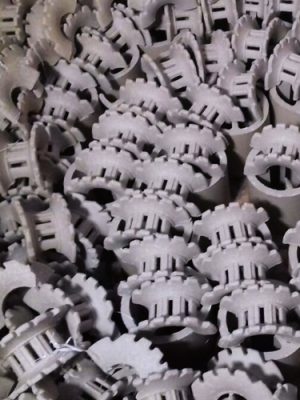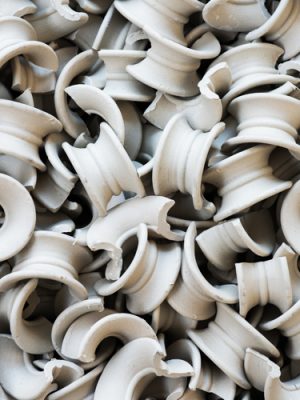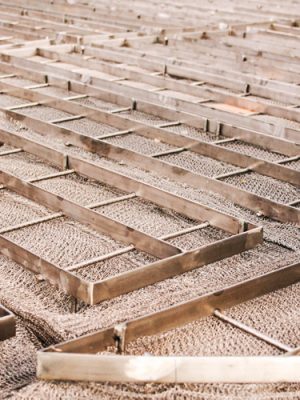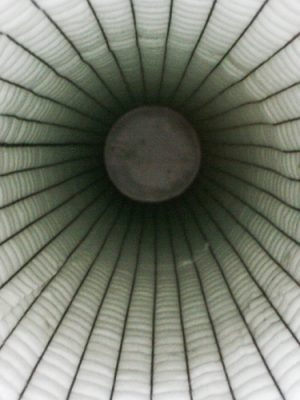Clark Solutions supports customers and partners in the sulfuric acid market on several fronts. From improvement studies to the supply of projects, equipment and systems, it always seeks to assist its customers with customized solutions for their needs.
To provide better results for its customers, Clark Solutions invests in the improvement and innovation of its product portfolio for the sulfuric acid market.
In addition, we maintain frequent contact with the process and maintenance teams of several acid plants, seeking to integrate performance with practicality in our products.


